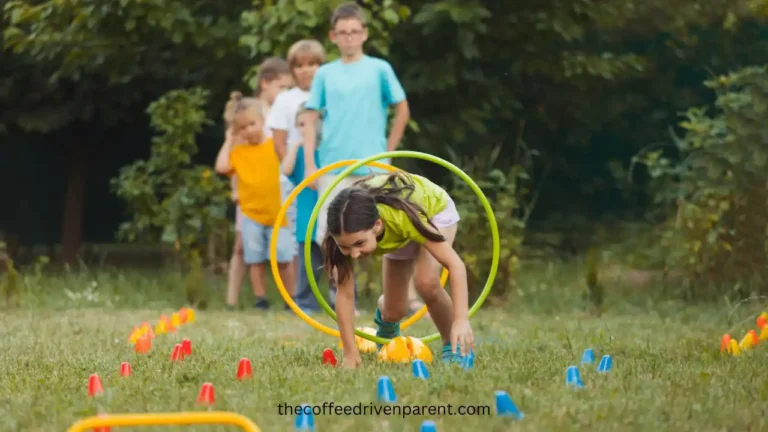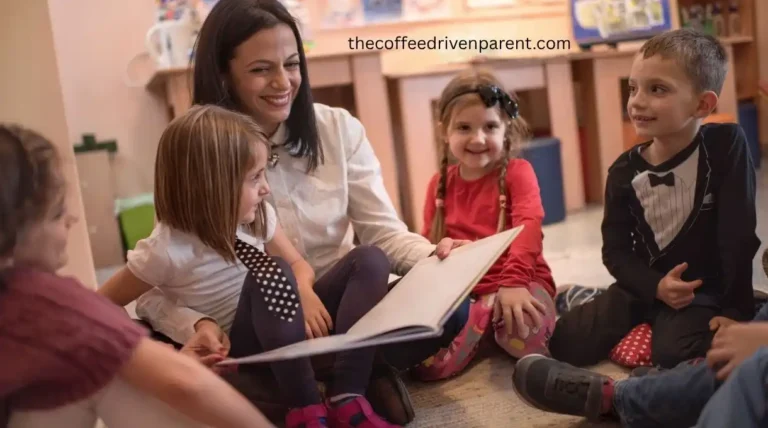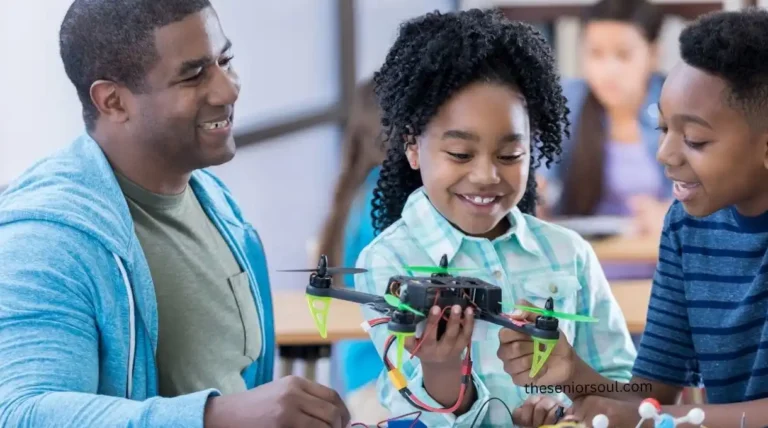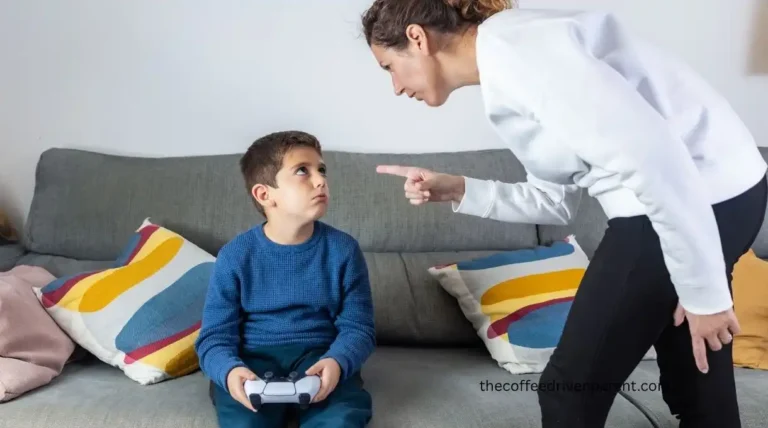Active Group Games for Kids in Fun Ways to Keep Children Engaged
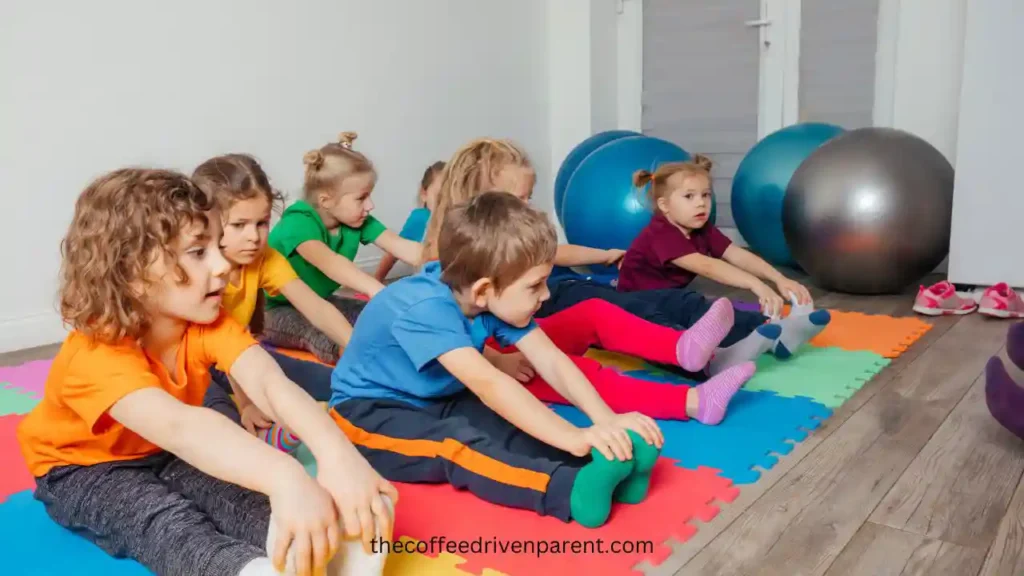
Keeping kids entertained while encouraging physical activity can be a challenge, especially when the weather doesn’t cooperate or when you run out of ideas. Active group games for kids are a great solution to this problem. Whether indoors or outdoors, these games can help children burn off excess energy while also improving their social and motor skills.
In this article, I’ll guide you through the problem that many parents and caregivers face: how to keep kids engaged while promoting physical activity. Then, I’ll walk you through the agitation caused by this issue, why it’s important to have fun group games ready to go, and finish up with the solution: a list of active group games for kids that will work in a variety of settings. You’ll also get practical tips and ideas on how to implement these games in daily life, making it easy to keep your kids both entertained and active.
Table of Contents
Keeping Kids Active and Engaged
As a parent or caregiver, you’ve probably faced the challenge of trying to keep kids entertained without relying too much on screen time. You may notice that when kids are indoors or when there is limited outdoor space, they tend to get restless. Even when they have a list of toys or group games for kids to choose from, many times they just don’t seem interested.
Studies show that children between the ages of 6 and 17 should be getting at least 60 minutes of physical activity every day. However, with the increasing time spent in front of screens and the rise of sedentary lifestyles, this can be difficult to achieve.
A report from the Centers for Disease Control and Prevention (CDC) shows that over 80% of children do not meet this recommended guideline. This is a problem because physical activity is essential for developing strong muscles and bones, maintaining a healthy weight, and even boosting mental health.
If you’re stuck in the same routine of sedentary activities, your kids may not be getting the exercise they need. So, how do you make sure they stay active without constantly searching for new ideas or relying on digital devices? That’s where active group games for kids come into play.
The Negative Effects of Inactivity
The negative effects of inactivity are real, and they impact kids in more ways than one. Physical health problems like obesity are on the rise, with the CDC estimating that nearly 1 in 5 children are obese. This can lead to long-term health issues such as heart disease and diabetes.
But the consequences of inactivity aren’t just physical. Studies also show that children who don’t engage in enough physical activity are at a higher risk of developing anxiety and depression. Physical activity helps release endorphins, the body’s natural mood lifters. Without this regular release, kids may feel more stressed and experience difficulty managing emotions.
Moreover, inactivity can affect their social skills. When kids don’t have opportunities to engage in physical group activities, they miss out on the chance to learn how to work in teams, share, and communicate with others. This is especially important as they get older and enter school environments.
Let’s face it. You want your kids to be healthy, happy, and confident. You want them to have the tools they need to thrive, both physically and mentally. But how do you balance keeping them engaged with making sure they get enough exercise? That’s where active group games for kids come in.
Active Group Games for Kids
Active group games for kids don’t just get them moving, they also help them learn important social and emotional skills. They encourage teamwork, cooperation, and communication while improving physical health. Here’s how you can make active group games a part of your daily routine.
1. Duck Duck Goose
This classic game is a great way to get kids moving, and it’s simple to set up. Gather the kids in a circle. One child is chosen to walk around the outside of the circle, tapping the others on the head while saying “duck.” When the child taps someone and says “goose,” that person must jump up and try to catch the other child before they make it back to the empty spot in the circle.
Not only does this game get kids running and moving, but it also teaches them how to follow instructions and react quickly. It’s a great game for both younger and older kids, and it can be played both indoors and outdoors.
2. Relay Races
Relay races are fantastic for encouraging teamwork and competitive spirit. You can set up simple races where kids run from one point to another, pass a baton (or another object), and then their teammate continues. You can even add variations by including obstacle courses or balancing tasks.
Relay races promote speed, agility, and coordination. They’re a perfect way to teach kids the importance of teamwork while also allowing them to get a solid workout. Plus, the competitive aspect keeps them motivated.
3. Tag Variations
Tag is a timeless game that can be played in many different ways. A few popular variations include:
- Freeze Tag. When tagged, players must freeze in place until another player touches them to unfreeze them.
- Shadow Tag. Players try to step on each other’s shadows to tag them.
- TV Tag. Players must name a TV show before they’re tagged to be safe.
Tag can be played in any open space and requires minimal equipment. It helps develop endurance and speed while keeping everyone engaged. The variations add fun twists that prevent the game from getting monotonous.
4. Treasure Hunt
A treasure hunt is an exciting way to get kids to work together while exploring their environment. You can create a map or hide clues around the house or yard. The kids must follow the clues, solve riddles, and work together to find the “treasure.”
This game fosters problem-solving, teamwork, and creativity. Plus, it’s a great way to get kids to engage with their surroundings. You can adjust the complexity based on the children’s age, making it a versatile game for different groups.
5. Human Knot
Human Knot is a great team-building exercise that also gets kids to move around and work together. To play, have the kids stand in a circle and grab hands with two different people (not the ones standing next to them). The goal is to untangle the knot of hands without letting go.
This game encourages communication, problem-solving, and collaboration. It’s a fantastic way to improve coordination and social skills in a fun and active setting.
6. Capture the Flag
This game involves two teams, each trying to capture the other team’s flag while protecting their own. It requires running, strategy, and teamwork, making it one of the best group games for kids for large spaces like parks or backyards.
Capture the Flag is ideal for older children because it encourages strategic thinking, teamwork, and leadership skills. It’s a great way to get them outside and engaged in physical activity for a longer period of time.
7. Balloon Pop
For a fun and light-hearted activity, try Balloon Pop. You’ll need a balloon for each child. Each player ties a balloon to their ankle and tries to pop others’ balloons while protecting their own. The last player with an unpopped balloon wins.
This game promotes agility, speed, and coordination. It’s also great for smaller spaces, making it perfect for indoor play. Kids will love the excitement and challenge of trying to protect their balloons while dodging others.
8. Simon Says
Simon Says is a classic game that helps improve listening skills and physical coordination. One child plays the role of “Simon” and gives commands (e.g., “Simon says jump” or “Simon says touch your toes”). If Simon doesn’t say “Simon says” before the command, anyone who follows the instruction is out.
This game helps children learn the importance of paying attention and following instructions, while also getting them moving.
How to Include Active Group Games for kids Into Daily Life
To ensure these games are a regular part of your child’s routine, consider setting aside specific times each week for physical activities. You can integrate them into family time, after-school playdates, or even as part of birthday parties. Encourage your kids to suggest new games or modify existing ones to keep things fresh and exciting.
When you add a variety of active group games to your schedule, your kids will look forward to physical activity instead of dreading it. This will help them develop a lifelong love for movement and teamwork.
Active Group Games Are Key to Keeping Kids Engaged and Active
In summary, keeping kids active and engaged doesn’t have to be a struggle. Active group games for kids provide the perfect solution to get them moving, developing social skills, and building physical strength. Games like Duck Duck Goose, Relay Races, and Capture the Flag are easy to organize, and they work in any space, whether indoors or outdoors.
By including these games into your kids’ routine, you’re not only helping them stay healthy and happy but also teaching them important life skills. So, gather a group, get moving, and watch the fun unfold!
RELATED POSTS
Why Is Moon Phase Journaling a Fun and Educational Activity for Kids?
Expert Public Speaking Tips for Kids That Build Real Confidence
5 Must-Try Self Esteem Games for Kids To Replace Screen Time
Frequently Asked Questions about active group games for kids
What are active group games for kids?
Active group games for kids are physical games that engage children in team-oriented activities. These games help kids burn energy, improve coordination, and develop social skills, all while having fun together in a group setting.
What are the benefits of active group games?
Active group games promote physical fitness, teamwork, and communication. They improve coordination, help manage stress, and prevent childhood obesity. Such games also foster social skills like cooperation, leadership, and empathy.
Can active group games be played indoors?
Yes, many active group games for kids can be adapted for indoor play. Examples include relay races, balloon pop, or Simon says. As long as there’s enough space, kids can enjoy these games inside.
What is a good group game for young kids?
Simple games like Duck Duck Goose or Freeze Tag are excellent for younger kids. These games don’t require much equipment and encourage movement and social interaction, making them ideal for early childhood development.
How do group games improve social skills in kids?
Group games teach kids how to communicate, cooperate, and solve problems together. By playing in teams, children learn to take turns, follow rules, and resolve conflicts, which boosts their social confidence and ability to collaborate.
Are group games suitable for large groups?
Yes, many group games are designed for large groups. Games like Capture the Flag or Relay Races are excellent for teams, allowing many children to participate at once, promoting teamwork and inclusivity.
How do active group games help with emotional development?
Active group games support emotional development by teaching kids to deal with challenges and setbacks. They help improve resilience, patience, and empathy as children experience wins, losses, and teamwork in a fun and supportive environment.
What are some team-building group games for kids?
Human Knot, Treasure Hunt, and Relay Races are all great team-building activities for kids. These games encourage cooperation, problem-solving, and effective communication within a group, which are essential skills for success both socially and academically.
How can I make group games more fun for kids?
You can make group games more fun by adding variations, creating themed challenges, or turning them into mini competitions. Providing rewards or incorporating music can also make the experience more exciting for kids.
Are active group games safe for kids?
Yes, active group games can be safe as long as they are appropriately supervised and played in a safe environment. Ensure kids are not engaging in overly strenuous activities, and adjust games based on age and ability to minimize risk.

